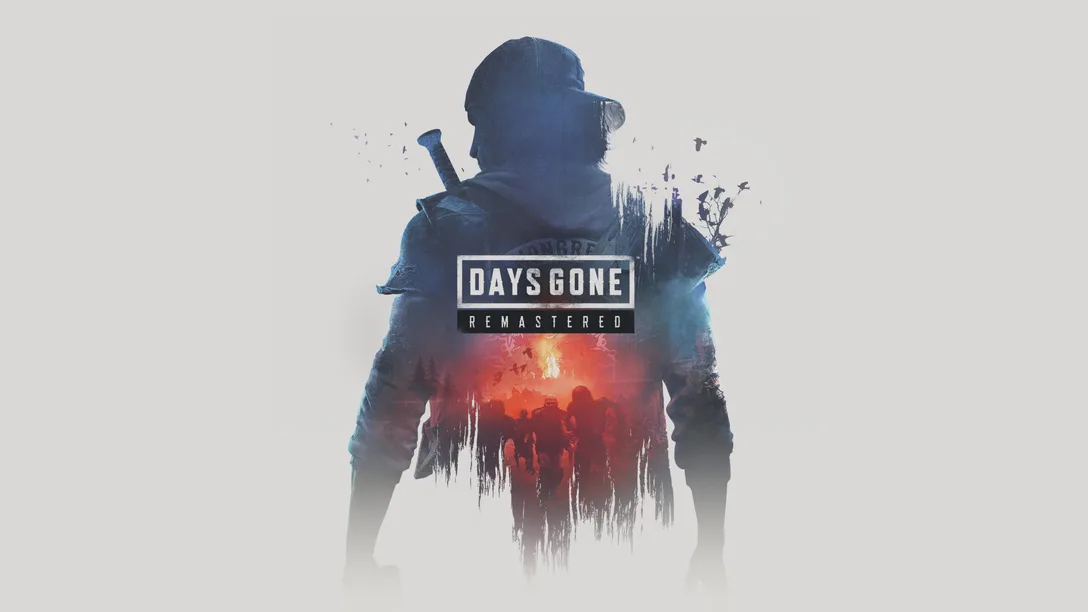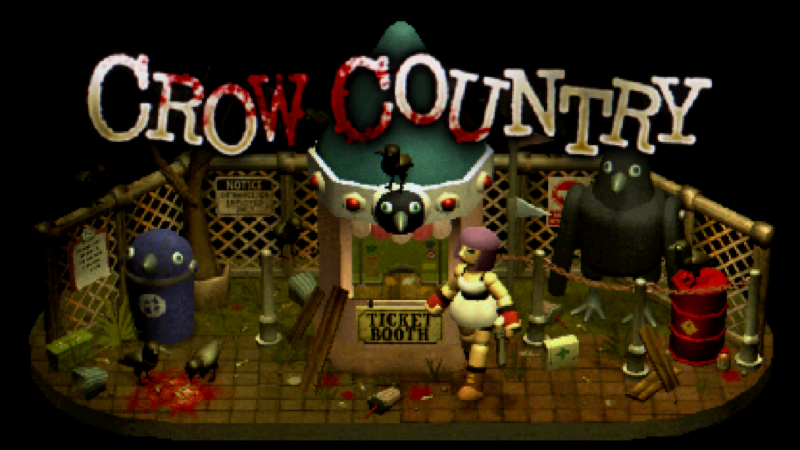
In recent years, it’s been pretty common to see indie game developers attempting to re-create the look and feel of the classics of the survival horror genre, often looking back at the 1990s and early 2000s as a huge inspiration to their craft, with influential titles like Resident Evil and Silent Hill seeing their inception and heyday during those periods.
Crow Country is one of those types of games, created by SFB Games, the team with a pedigree that doesn’t exactly spell out being able to make a great survival horror game, coming from making mostly cutesy puzzle games like Snipperclips in the past, and this is their first horror outing.
With this type of retro homage game development, there is a fine line to walk for a developer between balancing the use of inspirations to create something new and simply copying what was already successful in a way that feels inauthentic, and it’s a balance that seems hard for many developers to nail down, often devolving into pure imitation and mimicry with little creativity.
It becomes necessary to assess any of this type of retro-inspired work on those grounds, and some do not survive the test, falling far too close to the imitation side of things, and failing to balance authenticity with fun and immersive design sense.
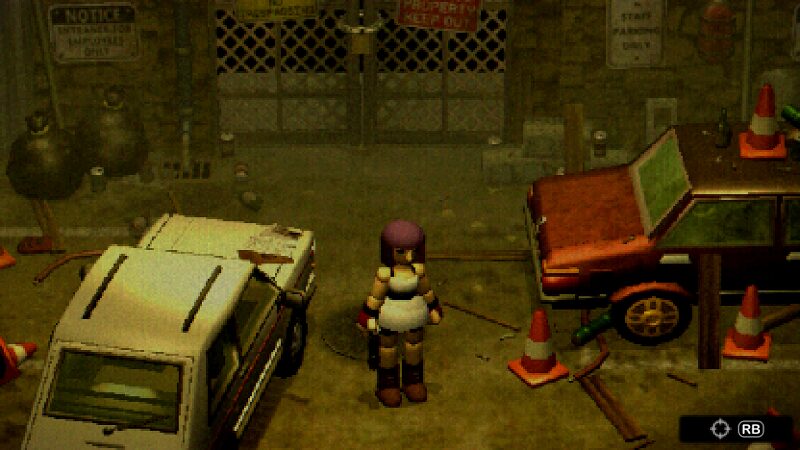
Crow Country does a great job of balancing its inspirations and making something that feels unique at the same time, striking a balance that not many games in this style do successfully, since it follows a gameplay style that’s very close to the early Resident Evil games in concept, but the execution, including many of the aesthetic choices and its authenticity to those choices here make it feel more like a “lost” game that could’ve been developed in the 1990s.
When you look at screenshots of the game, it may seem like it uses the static, 2D backgrounds that were so heavily featured in many PS1-era games, but in reality, it’s an isometric style view with the ability to rotate the camera, meaning that all objects in the environment are also rendered in 3D. Despite this, it still lets you use tank controls if you choose to, for a more retro feel, or you can use the modern analog stick control that adapts the movement into direct character movement relative to the camera position.
The aesthetics of Crow Country are also fairly unique in that everything looks very rounded and bubbly, and even at times cutesy, but it subverts its somewhat charming exterior by throwing in a lot of scares and surprises as it goes, making areas that looked cute during certain scenes become much more foreboding and creepy in other scenarios.
The aesthetic design of the enemies is fantastic across the board, with some of the creepiest designs I’ve encountered in a while, and each one has an unnerving audio signature that makes you dread every encounter, in the best way.
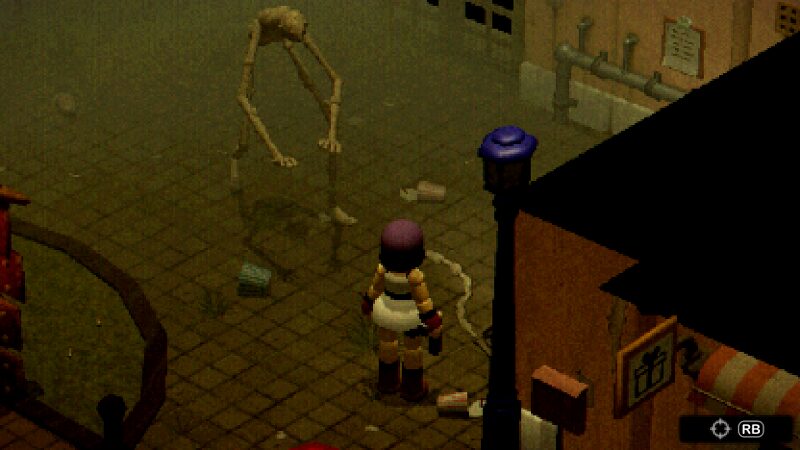
The story starts out to be a pretty vague mystery setting in an abandoned amusement park, but it does a surprisingly good job of keeping the mystery and suspense alive as you continue to uncover clues about what’s really going on at the eponymous park and the incident that got it shut down. The story and pacing keep things interesting and also feeling unique to the era, with many of the reveals having similar tact to the first Resident Evil especially, but also makes the story and dialogue very much its own, with characters feeling more modern and fleshed-out than the pretty rigid and flat characters from many horror titles of the era.
There is no spoken dialogue, so it’s all conveyed through text, and its surprisingly clever and well-written in a way that I didn’t expect going in, but it definitely improved the experience. The satisfaction of the mysteries being solved little by little made for a very compelling drive to learn more, and it was generally all paced rather quickly, with bits of information often trickling down through encounters with various characters, but also through the many documents littered around the game.
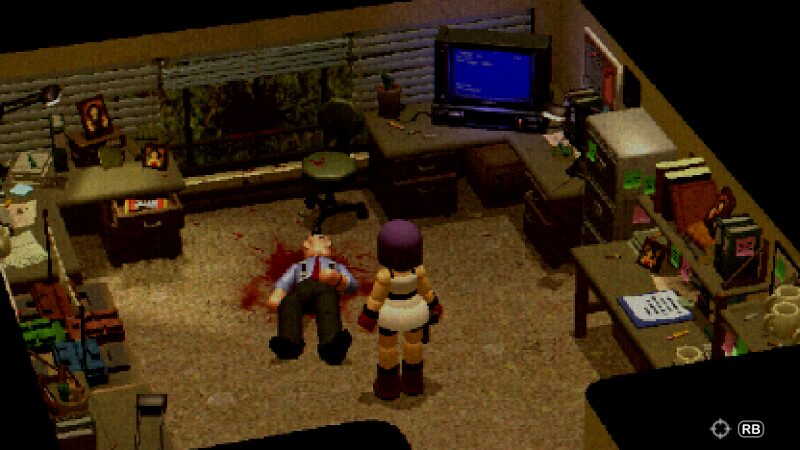
Much of the gameplay focuses on exploration and puzzle solving, and the way these elements are handled are very satisfying, and again, very similar to the early Resident Evil games or others of the era. Many puzzles will push your brain to think through, and often involve having to write down clues to do simple math or deduction problems to reach the solution.
The exploration falls closely in line with the puzzles, since the traversal also feels very much like the backtracking-heavy exploration of early 3D survival horror titles, but doesn’t feel as tiresome to partake in, since there’s virtually no load times when going between areas. The trickling in of information that immerses you in the story and the world comes along naturally with the progression in a way that feels very well-paced and kept me engaged throughout.
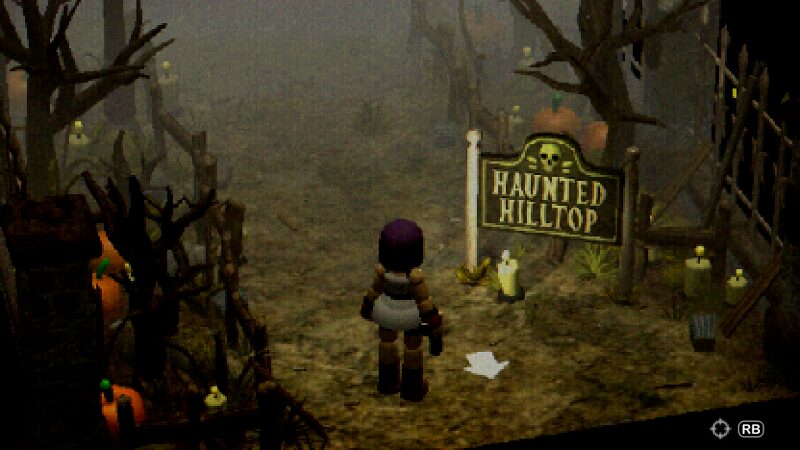
Aside from the exploration and puzzles, the other major component in Crow Country is the enemy encounters and combat, which are one of the weakest parts of the experience overall for a few reasons, but definitely don’t ruin the entire game. Like most early survival horror titles, the game’s scarcity of resources encourages you to avoid enemies a lot of the time to save your supplies, but in avoiding enemies, they continue to accumulate and infest each area cumulatively, and some areas will become so overrun with enemies that they become very hard to navigate as a result.
This isn’t helped by the isometric view often obscuring certain enemies or traps behind walls or objects, just by the camera being at the wrong angle, which can lead to some frustrating run-ins with enemies that could’ve been avoided if the camera was in the right spot. This will only happen every once in a while, but it is frustrating when it happens from time to time.
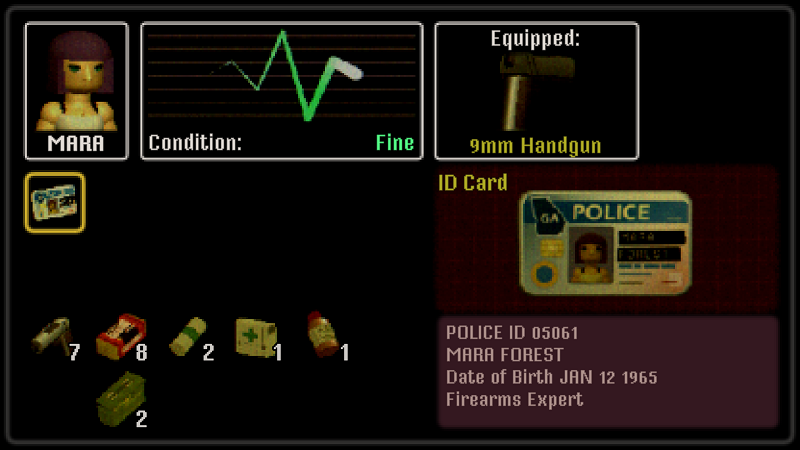
The actual combat is one of the weakest elements here, with no melee options and the shooting mechanics feeling very unwieldy and hard to control, which is partially on purpose, but it ends up being a detriment overall, since the camera stays in its isometric position while aiming and shooting, making for very clunky and awkward aiming. This makes for a lot of missed shots and wasted resources, since you’re aiming a tiny crosshair, with the dark and grainy visuals often making this more of a chore than it needs to be, and there’s no auto-aim snap function like there was in most of the early 3D survival horror titles (RE1‘s first pressing aside.)
The ironic part of the combat being a bit of a hassle is that you can choose to play the game with no combat if you like, since you’re asked when you start a new game if you want the game to include combat, or solely the exploration and puzzles, which is certainly a nice option for accessibility, but would result in a very different experience. Even after tweaking the controls and sensitivity to find a scheme that felt good, the combat never quite felt satisfying, but it still added a great level of tension and heavily altered the exploration and many of the decisions made during the gameplay.
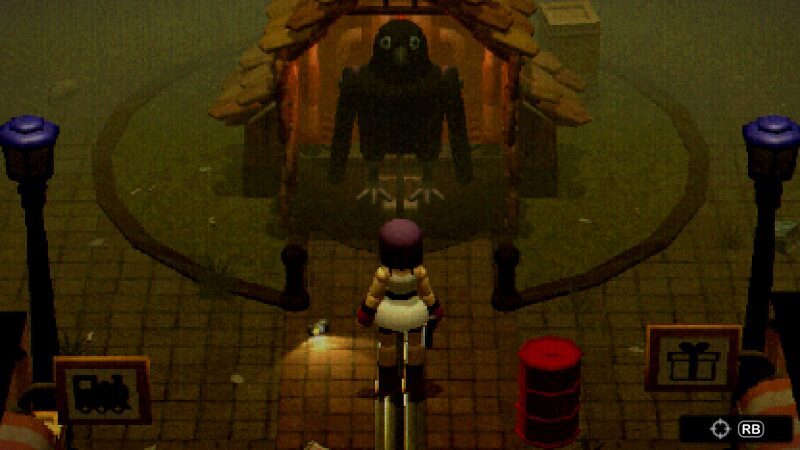
Overall, the whole package comes together very well and manages to pay homage to the early days of 3D survival horror, but also injects its own sense of style and a few slightly more modern game mechanics as well, feeling like a love letter to that classic era and an evolution of the style, rather than feeling too much like an imitation.
Especially for its reasonable price tag, Crow Country is an easy recommend for those who love PS1-era survival horror games, with it’s satisfying 5-7 hour length on a first playthrough feeling just right for this kind of game, and it proves that yes, the developer of cutesy puzzle games can make a great retro survival horror title as well.
 (8.5 / 10)
(8.5 / 10)
Great
 (8.5 / 10)
(8.5 / 10)Rely on Horror Review Score Guide
A review code was provided by the publisher for Xbox Series X.

 IDOLxISxDEAD
IDOLxISxDEAD
